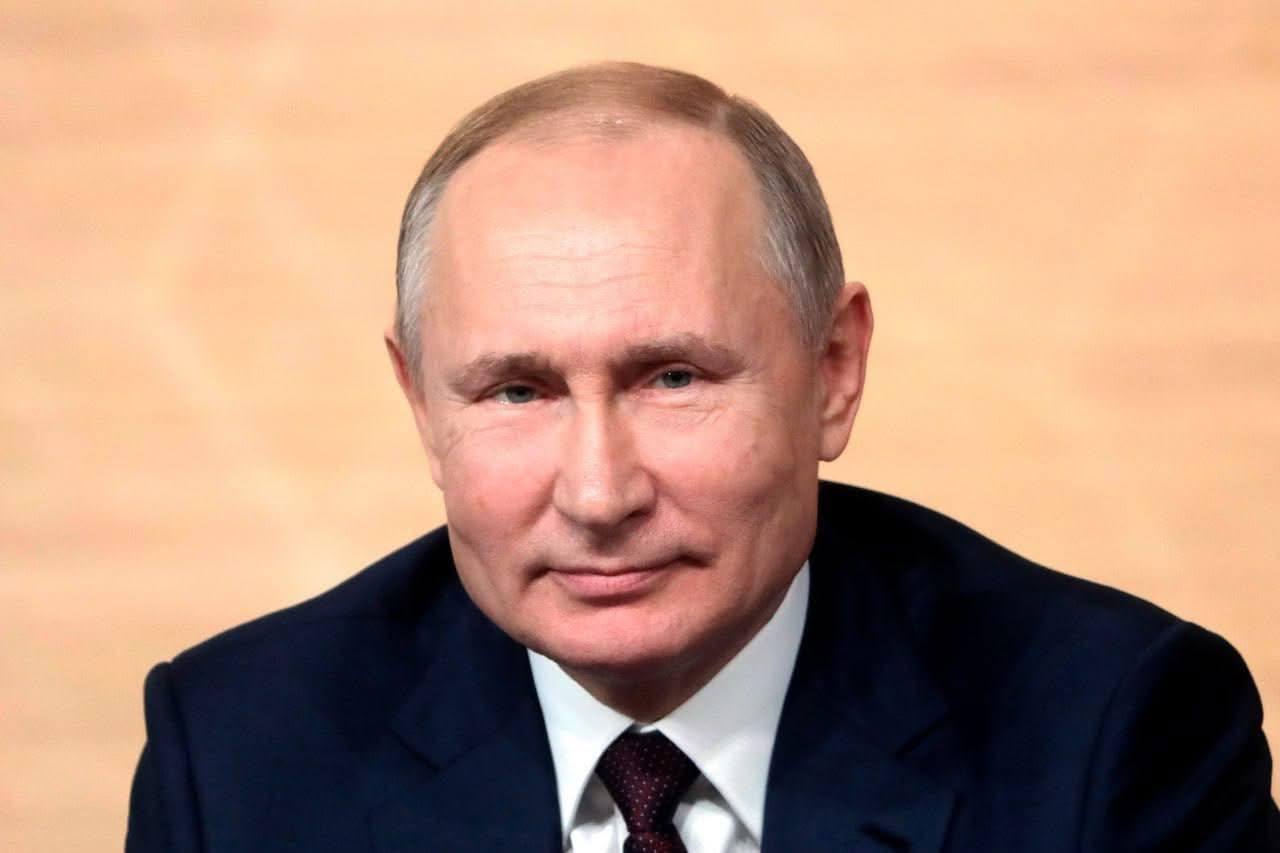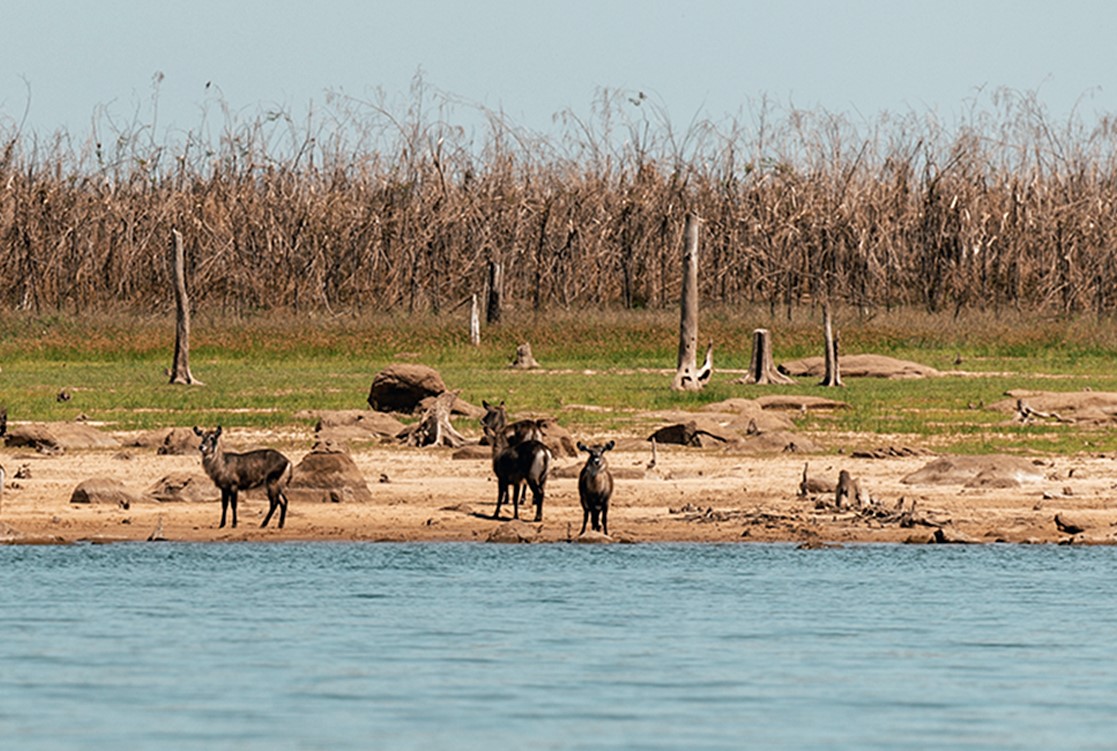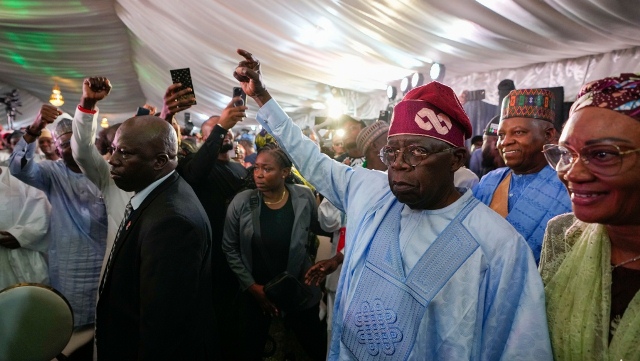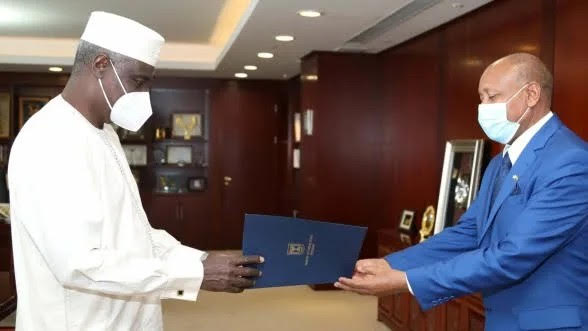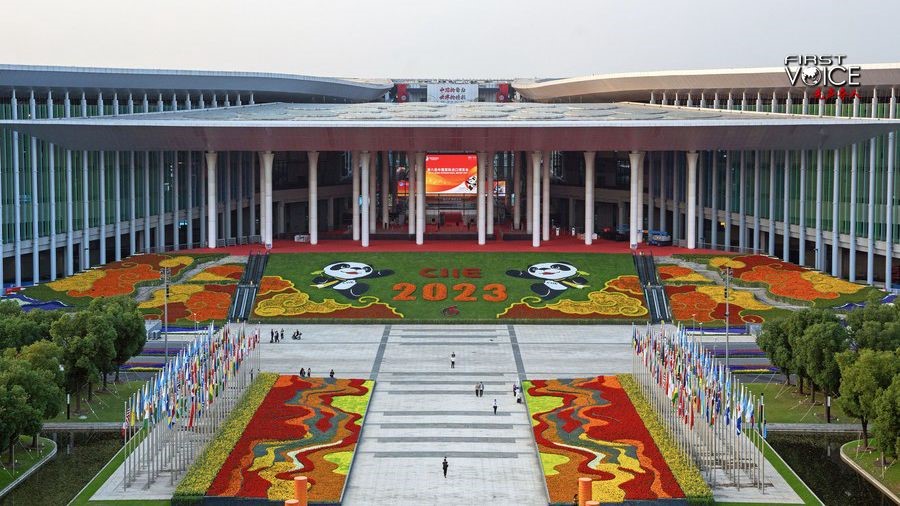
The south square of the National Exhibition and Convention Center, the main venue for the sixth China International Import Expo, in east China's Shanghai, November 3, 2023. /Xinhua
Opinion
First Voice
Editor’s note: The Communist Party of China convened the third plenary session of its 20th Central Committee from July 15 to July 18 in Beijing where it discussed the issue of further comprehensively deepening reform and advancing Chinese modernization. Reform and opening-up constitute China’s second revolution, a monumental journey of development and progress for both China and the world. This process has profoundly transformed China and significantly impacted the global landscape. CGTN First Voice has put together a six-part series “To a Brighter Future: China’s Reform and Opening Up in New Era” to delve into China’s achievements in economic, political, social and ecological domains since the reform and opening-up period, exploring the directions and measures for China’s continued comprehensive furthering of reform.

Economic globalization represents a prevailing trend in the development of human society. However, in recent years, globalization has encountered significant challenges brought by geopolitics, trade protectionism and the COVID-19 pandemic. Nonetheless, China, as the world’s second largest economy and a leading trading nation, has steadfastly pursued a policy of high-level opening-up.
Despite various factors against globalization, it has championed several global initiatives, emerging as a pillar for the global multilateral economic and trade cooperation system. China, focusing on its own practice of opening-up, has also provided a useful reference for the development of globalization in difficult times.
The Belt and Road Initiative (BRI) represents China’s successful effort to practise the concept of building a community with a shared future in the international economic and trade development arena.
Take the China-Laos Railway, which stretches from Kunming in China to Vientiane, the capital of Laos, as an example. Before the railway’s opening in 2021, the Thanaleng Station in Vientiane was the only passenger railway station in Laos.
The station was basic, and the trains were old. From there, people would take a 15-minute train ride to the Nong Khai Station in neighbouring Thailand to continue their journey.
This underscores why the China-Laos Railway is one of top priorities for the Lao government, embodying the nation’s aspiration to transform from a landlocked country into a land-linked one.
Since its inauguration in 2021, the China-Laos Railway has seen robust passenger and freight traffic. The journey from Kunming to Vientiane, which can be completed within a day, has significantly facilitated travel between the two countries and bolstered tourism and trade cooperation.
This “golden transport corridor” now carries goods from numerous ASEAN countries.
For instance, Lao sticky rice and Thai durians can reach Chinese consumers in just three days. Beyond trade, the railway has stimulated local employment, hiring over 3,500 Lao workers and indirectly creating more than 100,000 jobs in logistics, commerce and tourism.
This development has enabled many young people from the mountainous regions of Laos to step out of their villages and engage with the wider world.
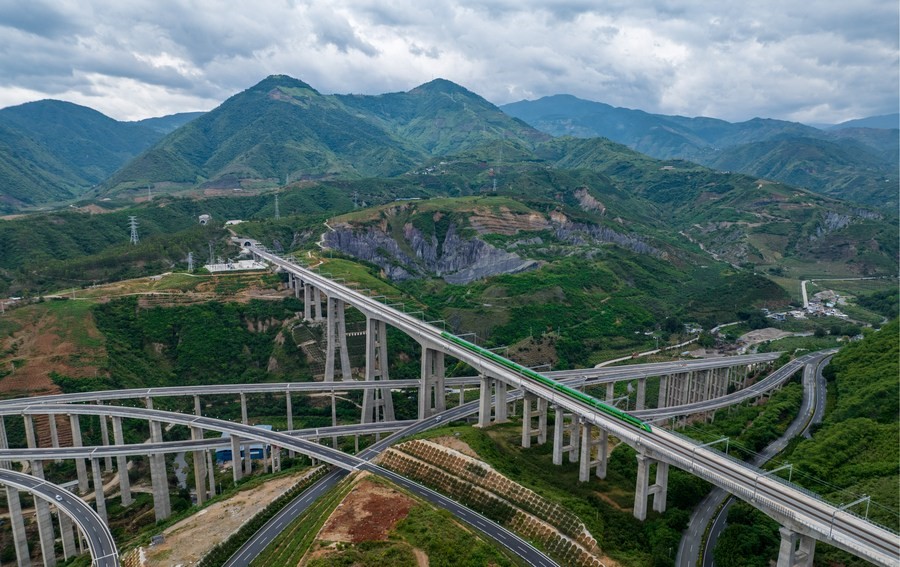
The China-Laos Railway is merely a snapshot of the BRI and China’s opening-up to the world in the new era.
Infrastructure projects such as the railway, the Jakarta-Bandung High-speed Railway in Indonesia, and the Belo Monte ultra-high voltage transmission project in Brazil, which carries clean hydropower from the north to the southeast, alongside educational initiatives like the Luban Workshop that provides vocational training, not only enhance economic cooperation between China and the participating countries, but also help address longstanding infrastructure and technical bottlenecks in many developing nations, paving the way for their economic rise.
Crucially, the BRI’s principle of “mutual benefit and win-win cooperation” is free from any ideology, values or political change strings, sharply contrasting with the global order traditionally dominated by developed countries.
According to a World Bank report, once fully implemented, the BRI is expected to boost trade among participating countries by 2.8 percent to 9.7 percent, global trade by 1.7 percent to 6.2 percent, and global real income by 0.7 percent to 2.9 percent by 2030.
In parallel, the establishment of free trade zones marks a milestone in China’s new era of opening-up. Since the inauguration of China’s first pilot free trade zone in Shanghai in 2013, the number has expanded to 22.
These zones have become crucial platforms for China’s drive toward independent liberation centred by institutional innovations.
Through institutional innovations such as decoupling business licenses from operation permits, mutual recognition of qualifications, and one-stop service counters, these zones have made significant strides in simplifying administrative procedures, improving the business environment, enhancing customs efficiency, and invigorating enterprise activities.
A high-quality institutional and business environment is becoming a pivotal advantage for China after the country has harvested its population dividend.
The China International Import Expo (CIIE) represents another major breakthrough in China’s path of opening-up, marking a significant innovation in global economic openness.
As the world’s first import-themed exhibition, the CIIE transcends the longstanding tradition of mercantilism, and serves as a vital platform for mutually-beneficial cooperation and shared openness.
Since its inaugural event in Shanghai in 2018, the CIIE has successfully hosted six editions. The sixth CIIE in November 2023 attracted 3, 486 companies from 128 countries, with the value of intended deals exceeding $78.4 billion.
Compared to previous expos, the CIIE not only highlights advanced technologies and products, but also provides a rare opportunity for less developed countries to access international markets.
From the first event, the CIIE has extensively invited least developed countries and consistently offered some free exhibition spaces.
At the sixth CIIE, the zone designated for African agricultural products featured 20 exporters from nine African least-developed countries such as Niger, Sudan, Ethiopia and Benin, drawing interest and engagement of over 300 Chinese enterprises.
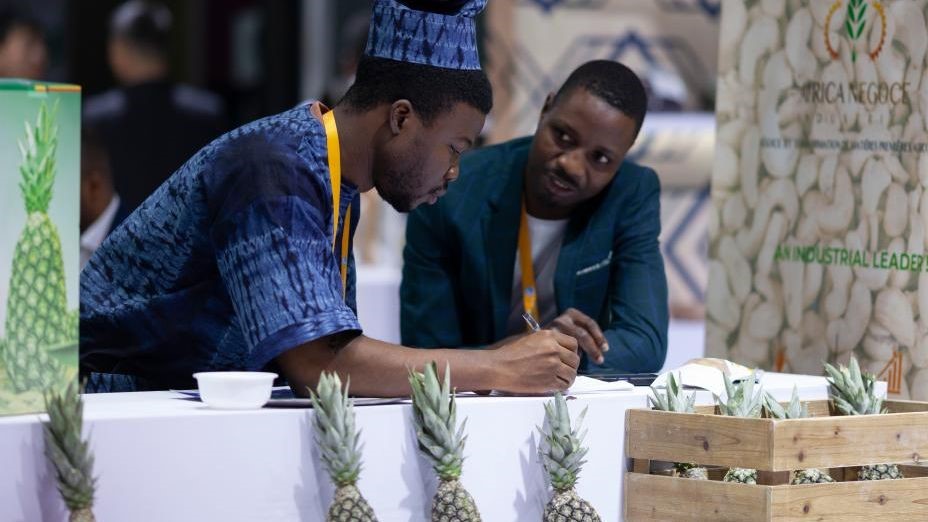
Staff members from Benin work at the sixth China International Import Expo (CIIE) in east China’s Shanghai, November 6, 2023. /Xinhua
China is charting a path of high-level openness that aligns with its development characteristics and global shared interests through a series of innovative measures.
Through its practices, China – grounded in its aim, drive, focus, direction, and model of opening-up – offers solutions to the challenges of globalization.
Mutual benefit is the aim of China’s opening-up. The root cause for the current challenges to globalization is the failure of the existing multilateral free trade system to accommodate the diverse interests and developmental stages of different countries.
To address this, China has integrated the principle of mutual benefit into its strategic design and practice of opening-up.
This shift represents a change in the aim of opening-up from self-interest to shared goals and benefits. Through the BRI and the CIIE, China has actively implemented this philosophy, breaking the limitations of traditional unilateral trade systems and offering a way to resolve the challenges of globalization.
In terms of the drive of opening-up, traditional passive opening-up based on interest exchanges and contractual constraints often leads to a lack of momentum and hidden barriers.
China, through the BRI and CIIE, provides infrastructure and a market to other countries, empowering partner nations to actively open up.
Additionally, China sets an example by lowering tariff barriers and expanding foreign investment access through high-level economic cooperation agreements such as the Regional Comprehensive Economic Partnership and bilateral free trade agreements.
On the topic of opening-up, China is shifting its focus from opening-up based on flows of goods and factors of production to higher-level institutional openness.
While aligning with international high-standard economic and trade rules and promoting Chinese standards globally, China is stabilizing its opening-up institutionally.
Innovations in free trade zones and the resulting positive competition in regional institutional innovation generate a continuous driving force for institutional openness.
In terms of the direction of opening-up, with the continuous expansion of foreign trade, China has recognized that purely export-oriented product output lacks long-term sustainability.
Therefore, China proposed the “dual circulation” development paradigm. While stabilizing and developing export markets, China is methodically and proactively opening its domestic market to enhance competitiveness, promoting domestic demand feedback into the international market, and striving for integration and positive feedback between domestic and international economic cycles.
As for the model of opening-up, China, to achieve its integration, strives to break away from the old model of segregating trade, investment, and economic cooperation.
Under the BRI, China has combined flexible economic cooperation arrangements to establish an integrated opening-up system led by infrastructure construction, supported by industrial investment, tied together by trade connections, and supplemented by institutional and cultural exchanges.
Moreover, China has transcended the confines of economic opening-up, facilitating cooperation in the broadest sense across the economic, political, social, and cultural domains, thereby breaking through economic opening-up barriers to an unprecedented extent globally.
Since the 18th National Congress of the Communist Party of China in 2012, China has consistently interacted with the world with increasing openness as it develops, building a higher-level open world economic system and paving the way for mutual benefit.
With a population exceeding 1.4 billion and a middle-income group of over 400 million, China’s vast market creates opportunities for global trade and investment.
The distinctive path of high-standard opening-up that China pursues is also steering the development of the global multilateral opening-up system.
The author Zhang Yu is the director of Economic and Trade Research Office at the National Academy of Economic Strategy of the Chinese Academy of Social Sciences.
(If you want to contribute and have specific expertise, please contact us at opinions@cgtn.com. Follow @thouse_opinions on Twitter to discover the latest commentaries in the CGTN Opinion Section.)

